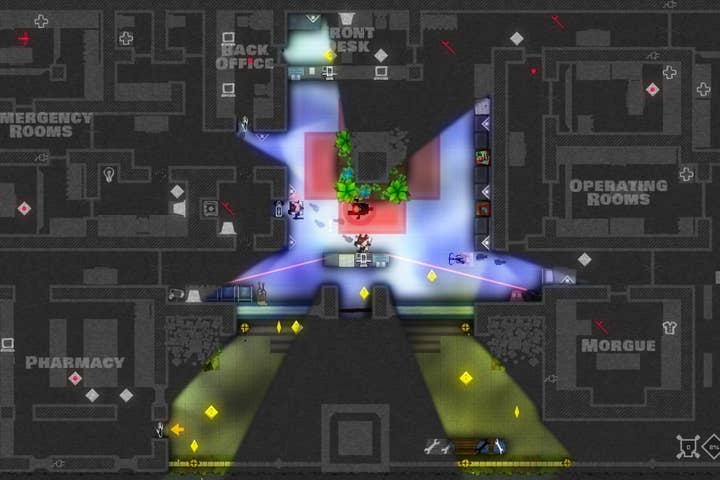Monaco designer: Kickstarter "stretch goals are total bulls**t"
Andy Schatz on his "unpopular opinion of Kickstarter"
Pocketwatch Games' Andy Schatz, designer, art director and coder for new game Monaco, has suggested that crowd funding platform Kickstarter's trend for "stretch goals" is a bad thing for game design.
"I have a little bit of an unpopular opinion of Kickstarter," he told Penny Arcade.
"I'm really glad for the people that have been really successful on Kickstarter, and don't get me wrong, I really like the idea of free money, but I'm of the opinion that designing a game around a variable budget is a terrible way to design a game. To be frank, I think that stretch goals are total bullshit."
Monaco's financial backing is coming from the Indie Fund, and the game was actually the first project selected by the outfit. It received $100,000 which it will pay back with revenue from game sales.
Schatz believe this is a better method of supporting your development than by allowing backers to dictate features through the amount of money raised.
"This is the idealist game designer in me speaking now," he explained.
"When you're designing a game, the way I think you should do it, and not everyone is the same way and I recognise that, but the way you should do it is you figure out what the game is, you figure out what the game needs, and you should make that."
Schatz later admitted there was a chance he could still use the Kickstarter platform in the future.
Pocketwatch Games was founded in 2005, and its titles include Wildlife Tycoon: Venture Africa and Venture Arctic. Monaco: What's Yours is Mine is described as "Gauntlet meets Hitman" and was the winner of the 2010 IGF awards for Excellence in Design and the Seumas McNally Grand Prize.



.jpg?width=291&height=164&fit=crop&quality=80&format=jpg&auto=webp)





